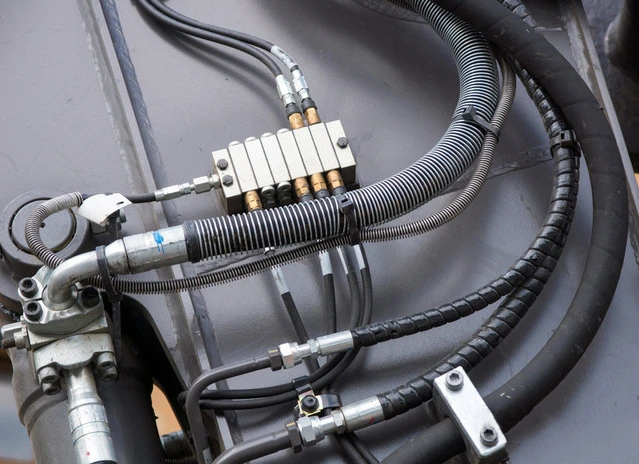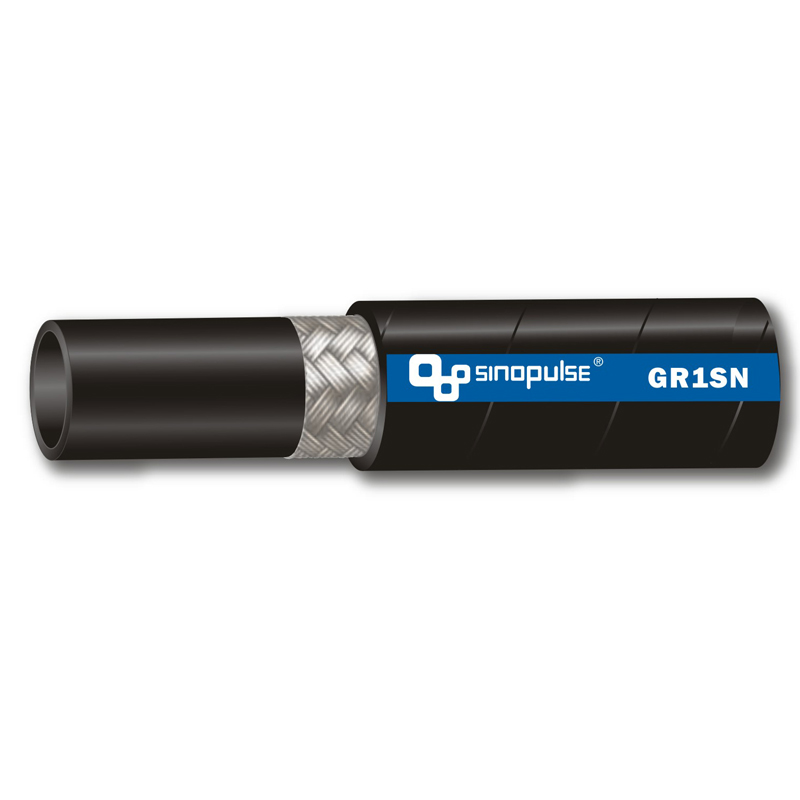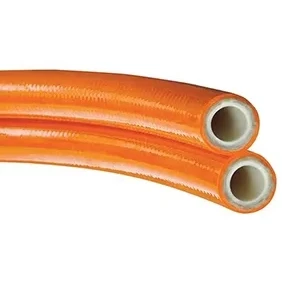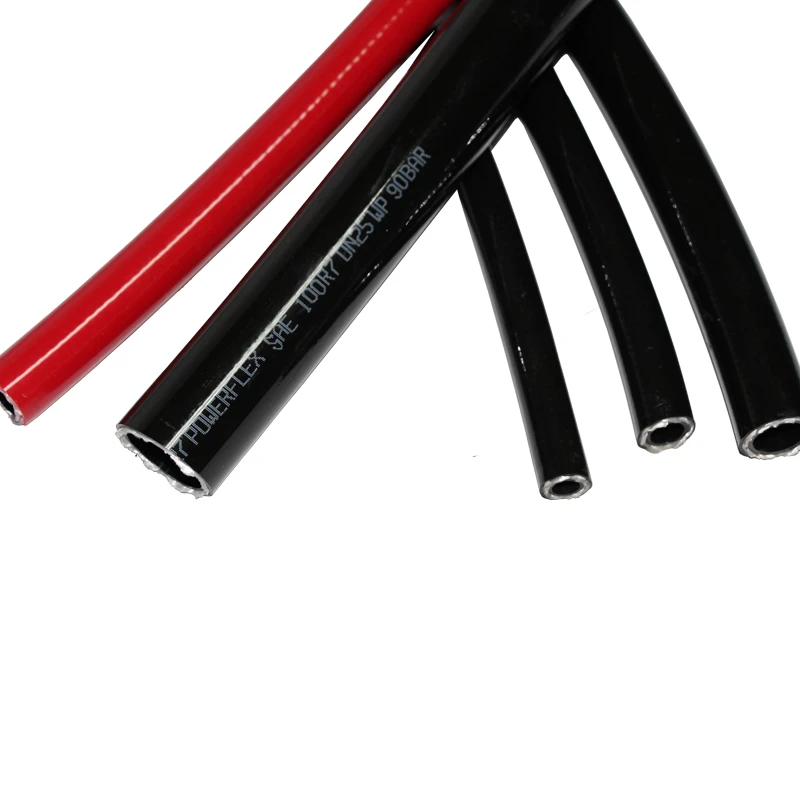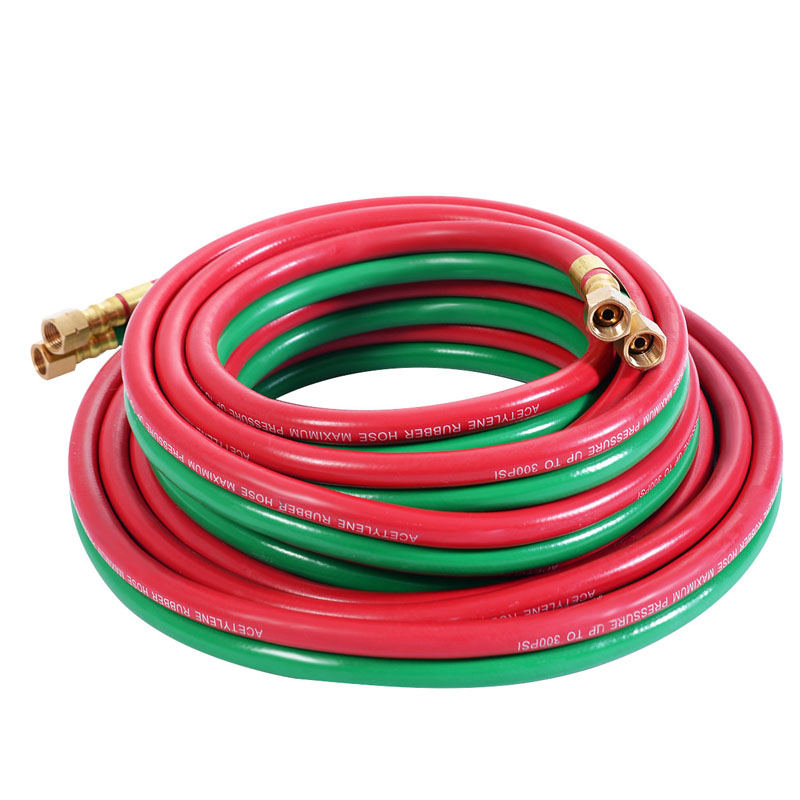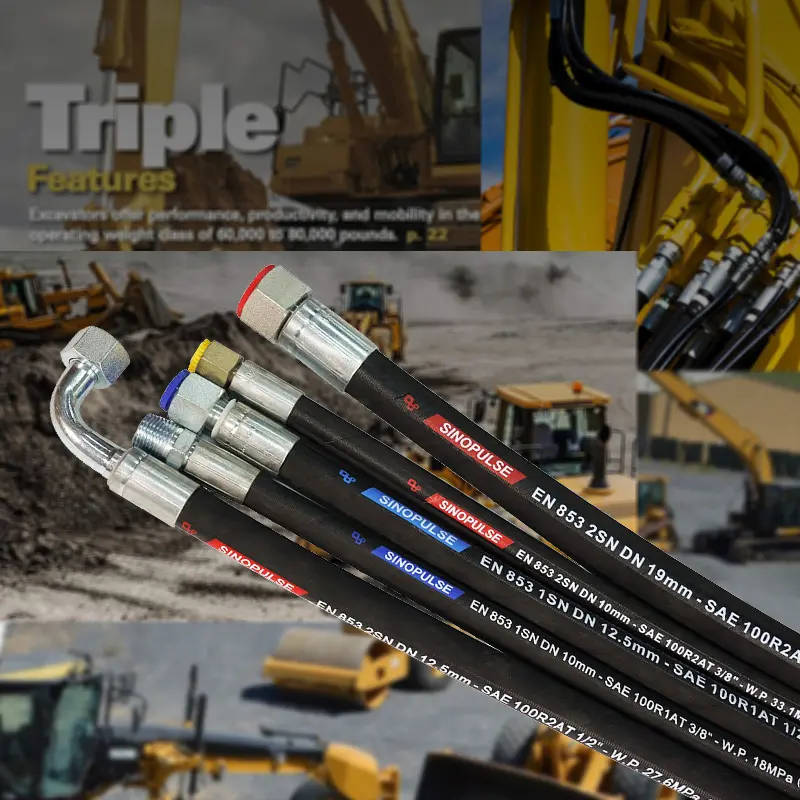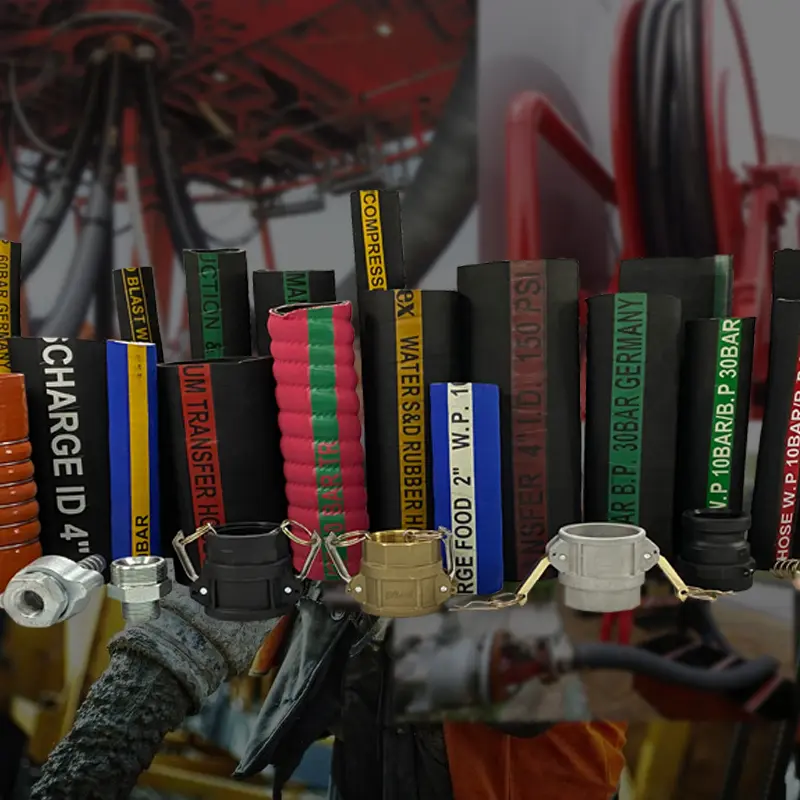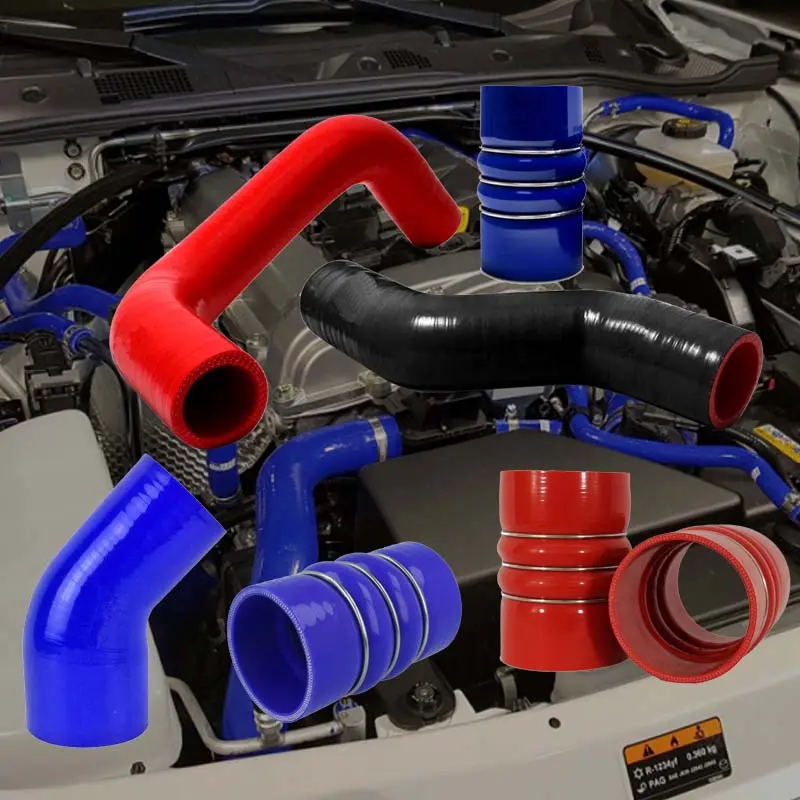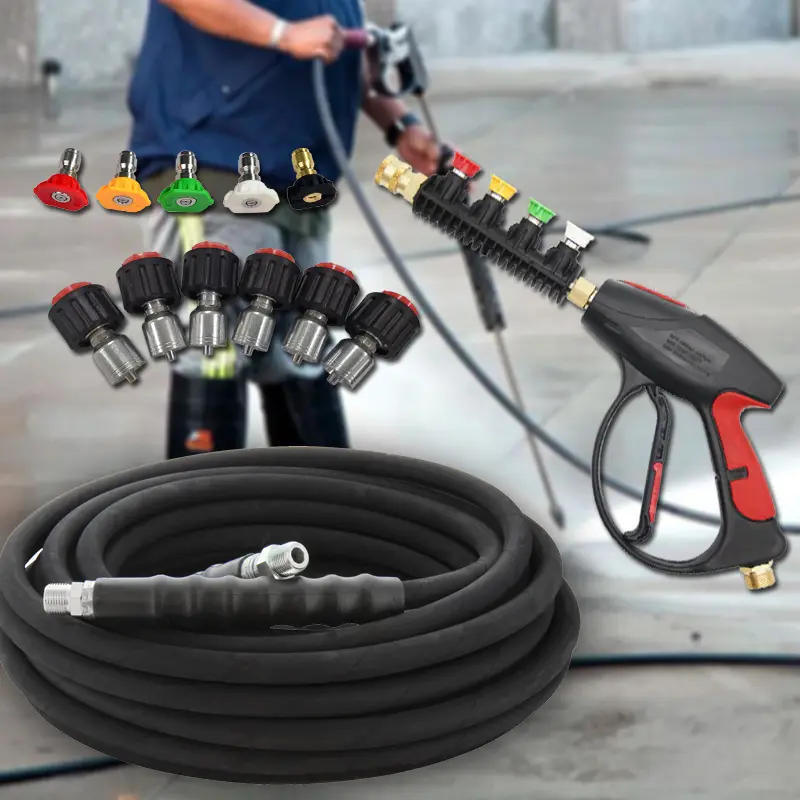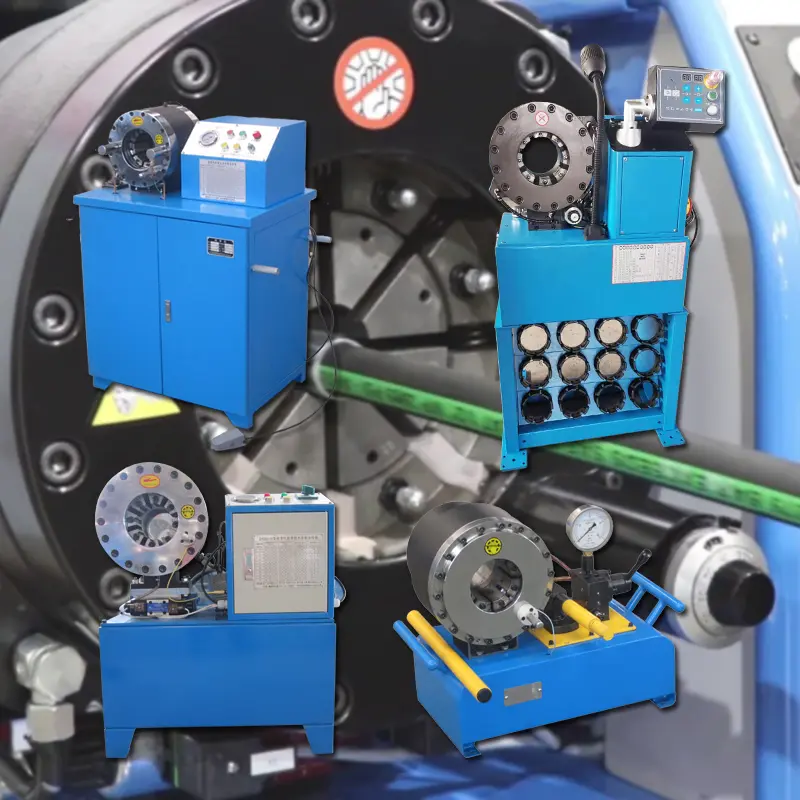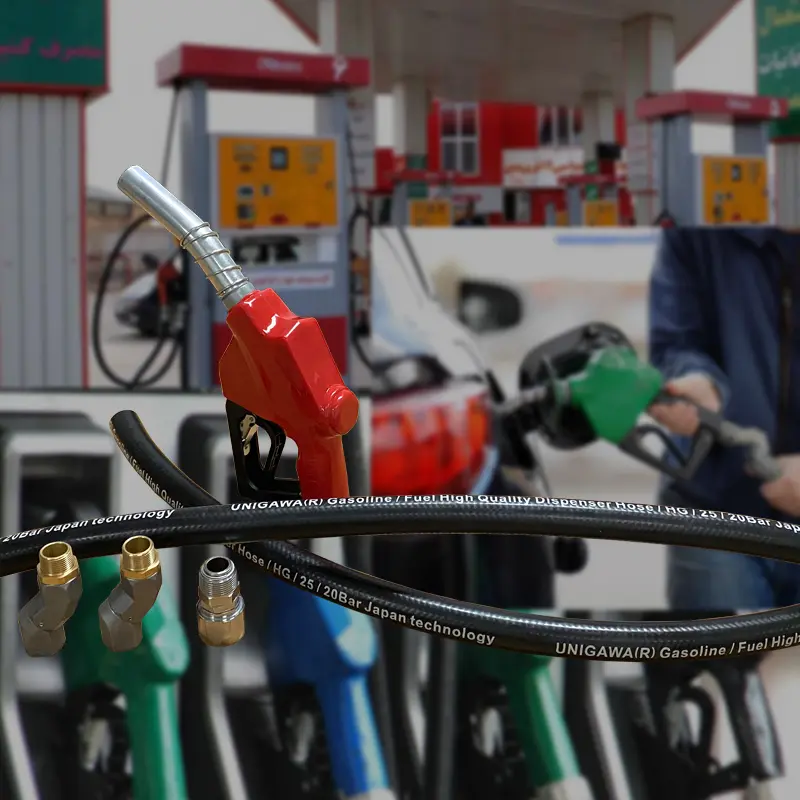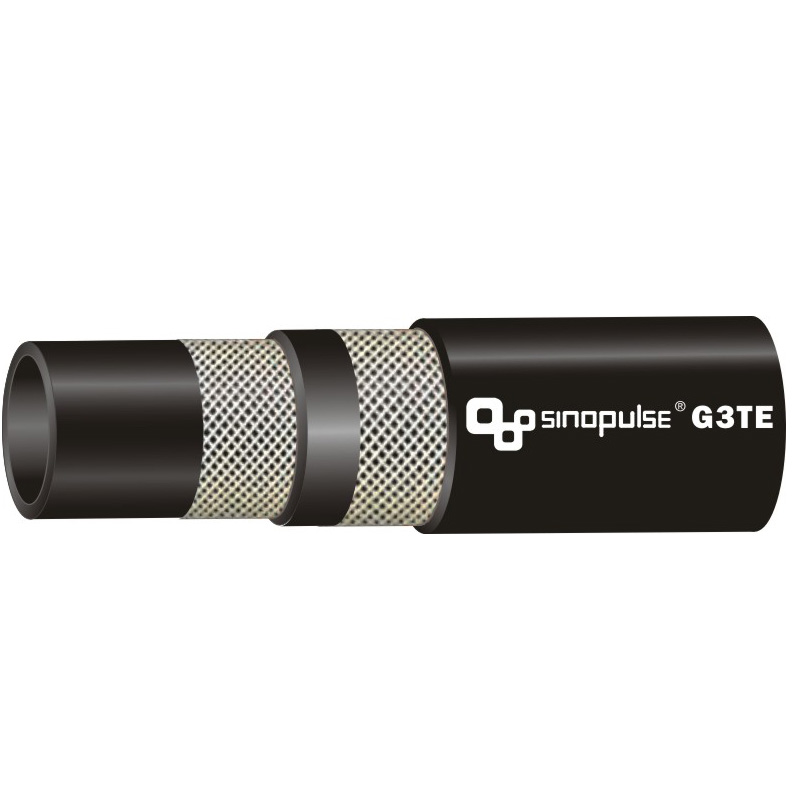
1. Industry Trends: The Rising Demand for 100r14 hose & Related Products
Recent years have seen a 12.8% CAGR (Source: Grand View Research) increase in global demand for PTFE-based hydraulic hoses, such as 100r14 hose and equivalents.
- Key Sectors: Chemical Processing, Oil & Gas, Food Industry, Metallurgy, Water Treatment
- Drivers: High chemical resistance, temperature tolerance, demand for clean, non-contaminant transmission
- Standards: ISO 4079, SAE J517, FDA Certification (where applicable)
Technical Comparison: 100r14 hose vs. SAE 100R14 vs. EN 854 1TE
| Type | Core Material | Reinforcement | Temp. Range (°C) | Max Working Pressure (bar) | Standard | Typical Application |
|---|---|---|---|---|---|---|
| 100r14 hose | PTFE (Polytetrafluoroethylene) | Stainless Steel Braid | -54 to +260 | up to 250 | SAE 100R14, ISO 4079, FDA |
Chemical transfer, Food, Pharma |
| SAE 100R14 | PTFE | SS Braid | -54 to +204 | up to 150 | SAE 100R14 | High-temp fluid transfer |
| EN 854 1TE | Synthetic Rubber | Textile Fiber | -40 to +100 | 80-110 | EN 854 1TE | Low-pressure hydraulics |
2. In-Depth Product Introduction: DIN EN854 3TE Textile Reinforced Hydraulic Hose
Upgrading from EN 854 1TE, the DIN EN854 3TE hydraulic hose offers enhanced textile reinforcement and rubber matrix synergy, tailored for reliability and endurance in moderate-pressure hydraulic applications.
- Product Name: DIN EN854 3TE Textile Reinforced Hydraulic Hose
- Core: Synthetic Rubber
- Reinforcement: 1 or 2 layers of high-tensile textile braid
- Cover: Abrasion and ozone-resistant rubber
- Conforms to: EN 854 3TE, ISO 1307, REACH RoHS
- Website: Product Link
High-purity PTFE granules are extruded and sintered to form seamless tubes.
Automated braiding of grade 304/316 stainless steel around PTFE core by CNC braiding machines ensures uniformity.
Application of polyester or thermoplastic covers for enhanced abrasion resistance, if required.
Precision fitting crimping (with CNC mills/lathes) for reliable, leak-proof connections.
Each hose is pressure tested (up to 1.5x max working pressure) and checked for pinhole leaks, per SAE J343 hydrostatic standard and ISO 1402.
3. Technical Parameters & Data Visualization
100r14 Hose Key Parameters Table
| Inner Diameter (mm) | Outer Diameter (mm) | Max Working Pressure (bar) | Burst Pressure (bar) | Min Bend Radius (mm) | Reinforcement Type | Weight (kg/m) |
|---|---|---|---|---|---|---|
| 6.4 | 10.9 | 207 | 828 | 76 | SS Braid | 0.13 |
| 8.0 | 12.8 | 172 | 690 | 94 | SS Braid | 0.16 |
| 10.0 | 14.6 | 138 | 552 | 117 | SS Braid | 0.21 |
| 13.0 | 17.4 | 124 | 500 | 152 | SS Braid | 0.34 |
| 16.0 | 20.7 | 103 | 414 | 203 | SS Braid | 0.45 |
DIN EN854 3TE vs. 100r14 hose: Technical Indicator Comparison
| Feature | DIN EN854 3TE Hose | 100r14 hose |
|---|---|---|
| Inner Tube | Synthetic Rubber | PTFE |
| Reinforcement | Textile (1 or 2 braid) | SS Wire Braid |
| Temp. Range (°C) | -40~+100 | -54~+260 |
| Working Pressure (bar) | 60–110 | 103–207 |
| Chemical Resistance | Medium | Excellent |
| FDA Compliance | No | Yes |
4. Application Scenarios, Technical Advantages & Real-World Case: 100r14 hose
-
Industry Applications:
- Petrochemical: Handles aggressive chemicals & superheated steam.
- Metallurgy: For hydraulic actuation exposed to heat and abrasion.
- Water Treatment: Zero contamination in pure water and caustic circuits.
- Food & Pharmaceutical: FDA-compliant fluid transfer eliminating risk of taint.
- Technical Advantages:
- Non-aging, non-stick PTFE liner for outstanding chemical inertness
- Stainless steel braid for superior burst resistance, kink resistance
- Smooth-bore structure for easy clean, low friction loss transmission
- Available anti-static and custom cover options
- Durability: Lab-tested to sustain >30,000 flex cycles at min. bend radius. Average lifespan: up to 15 years in industrial settings.
“After switching to the 100r14 hose, our CIP (Clean-In-Place) downtimes dropped by 22%, and chemical-related hose failures were eliminated over 18 months of 24/7 operation.” — Plant Engineer, FrieslandCampina
5. Manufacturer Comparison: Market Leaders & Certification
| Brand | Main Standard | Certifications | Key Application | Guarantee |
|---|---|---|---|---|
| EATON Aeroquip | SAE, ISO, EN | ISO 9001, FDA, SAE | Chemical, Pharma | 5 Years |
| Parker Hannifin | SAE J517, ISO 1402 | FDA, REACH, RoHS | Semiconductor, Food | 3 Years |
| HydraulicHosePlus | EN 854, SAE, ISO | ISO 9001, CE, RoHS | Automotive, Chemicals | 24 Month Replacement |
6. Customization Options: Tailoring the Perfect Hose
- Custom inner diameter (2mm to 25mm), length, and assembly fittings
- Option for anti-static PTFE (for explosive/solvent lines)
- High-visibility, extruded covers in multiple colors
- All fittings machined to ISO 8434-1 tolerance; certified leak/burst proof
- Sample policies: Free sample up to 0.5m, quick prototype lead time (5 days), mass production typical 14–21 days
7. Project Case Study: Advanced Chemical Plant Fluid Transfer System
- Client: BASF Chemical (Guangdong Facility)
- Solution: Upgraded to 100r14 hose for concentrated acid/solvent lines
- Outcome: Modelling data showed 41% reduction in maintenance cost and increased operational uptime by over 1800 hours/year.
- Key Challenges Solved: Minimized chemical percolation, reduced hose changeovers, no detected contamination.
8. FAQ: 100r14 hose & Hydraulic Industry FAQ
9. Delivery, Warranty & Customer Support
- Lead Time: Standard production 7-15 working days; urgent/custom jobs 5-7 days
- Warranty: 24 months standard (all batches serialized & traceable)
- Testing: Every 100r14 hose is pressure/burst tested with data log
- Support: 24/7 expert technical support, hose selection guidance, on-site troubleshooting (for contracted clients)
- After-Sales: Failure analysis, free replacement if proven manufacturing defect, proactive re-certification reminders
Conclusion & Further Reading
As fluid system demands grow ever stricter, selecting the right hose — especially high-performance models like the 100r14 hose — is central to process reliability, cost control, and staff safety. Utilize certified manufacturers, focus on customization potential, and demand clear test data.
For more technical discussion, visit leading forums such as Hydraulics & Pneumatics Magazine or review peer-reviewed studies in the Journal of Cleaner Production.
[1] Grand View Research, “Hydraulic Hose Market Size,” 2024
[2] SAE J517, J343 Hose Testing Standards
[3] “Hydraulic Hose Selection: Fluid Compatibility & Requirements,” Hydraulics & Pneumatics
[4] “PTFE Hose Advantages,” Parker Hannifin
[5] “Testing Procedures for Hydraulic Hose,” ISO 1402:2009,
[6] “The Hose Handbook,” NAHAD, 2022
Product Application









